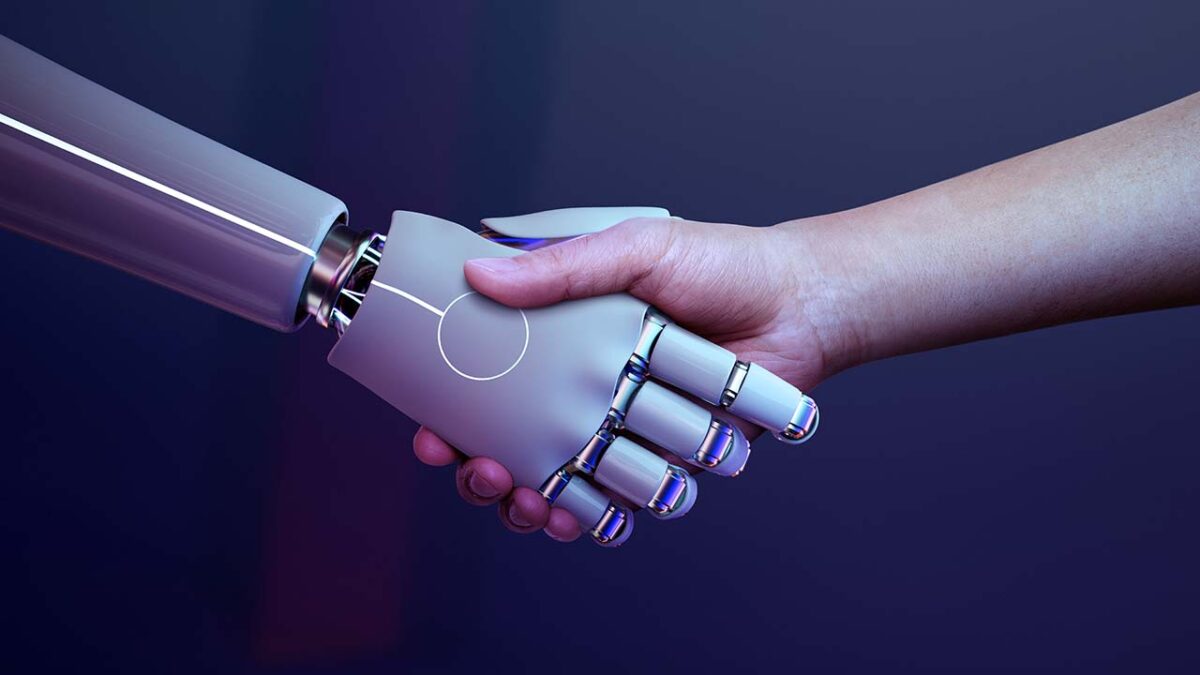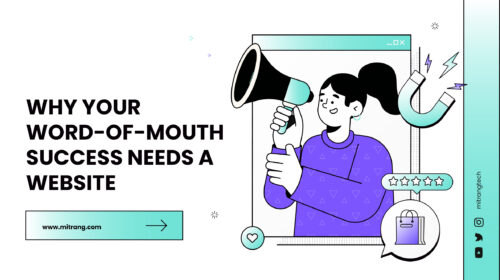
AI and the Future of Web Design: Revolutionizing the Online Experience
As technology continues to advance at a rapid pace, the role of artificial intelligence (AI) in web design has become increasingly prominent. AI-powered design tools, chatbots, and virtual assistants are just a few examples of how AI is transforming the online experience for users. In this blog post, we’ll explore the benefits and limitations of AI in web design and discuss the future implications of this exciting technology.
Benefits of AI in Web Design
One of the primary benefits of AI in web design is improved user experience. AI-powered design tools can analyze user behavior and preferences, enabling designers to create personalized and intuitive interfaces. This, in turn, can lead to increased engagement, lower bounce rates, and higher conversion rates.
Another benefit of AI in web design is increased efficiency. With AI-powered tools, designers and developers can automate many of the repetitive tasks that would otherwise take up valuable time and resources. This can lead to faster turnaround times and lower costs for clients.
AI also enables enhanced customization. By analyzing user data, AI-powered design tools can generate personalized recommendations for content and design elements that are tailored to individual users. This can create a more engaging and relevant user experience, leading to increased user satisfaction and loyalty.
Finally, AI can improve accessibility for users with disabilities. By analyzing user behavior and preferences, AI-powered design tools can generate customized interfaces that are optimized for users with visual, auditory, or cognitive impairments.
Examples of AI in Web Design
There are many examples of AI in web design, from AI-powered design tools to chatbots and virtual assistants. Let’s take a closer look at a few of these examples:
- AI-powered design tools: Many design tools now incorporate AI to automate repetitive tasks, such as generating layouts and color schemes. Adobe’s Sensei and Sketch’s Smart Layouts are just two examples of AI-powered design tools that are transforming the web design process.
- Chatbots and virtual assistants: Chatbots and virtual assistants use natural language processing (NLP) to understand and respond to user inquiries. These tools can help users find information, make purchases, and complete other tasks without ever leaving the website.
- Personalization and recommendation systems: AI-powered recommendation systems can analyze user behavior and preferences to generate customized content and product recommendations. Amazon’s recommendation engine is one well-known example of this technology in action.
- Voice interfaces and natural language processing: With the rise of voice assistants like Amazon’s Alexa and Apple’s Siri, voice interfaces and natural language processing are becoming increasingly important in web design. These tools enable users to interact with websites using spoken language, creating a more intuitive and natural user experience.
Challenges and Limitations of AI in Web Design
While there are many benefits to using AI in web design, there are also some challenges and limitations to consider. One of the main limitations is the lack of creativity and human touch. AI-powered design tools can generate layouts and color schemes quickly and efficiently, but they may not be able to create truly original designs that capture the essence of a brand or product.
Another challenge is the ethical concerns surrounding AI in web design. For example, AI-powered recommendation systems may perpetuate biases or stereotypes if not designed and implemented carefully. It’s important for designers and developers to be aware of these issues and work to mitigate them.
Finally, there are technical limitations and compatibility issues to consider. Not all AI-powered tools will work seamlessly with every platform or technology, so it’s important to do your research and choose tools that are compatible with your specific needs.
Looking to the future, the role of AI in web design is only going to become more significant. As AI continues to evolve and improve, it has the potential to transform the web design industry in ways we can’t even imagine yet. However, it’s important to remember that AI is not a replacement for human creativity and expertise. Instead, it should be seen as a powerful tool that can augment and enhance the work of designers and developers.
As we move forward, it’s important for designers and developers to stay up-to-date with the latest AI-powered tools and techniques. By incorporating AI into their workflows, they can create more personalized, efficient, and engaging online experiences for users. With AI at their fingertips, designers and developers have the power to push the boundaries of what’s possible in web design and create truly innovative and transformative experiences for users.



Leave a Comment